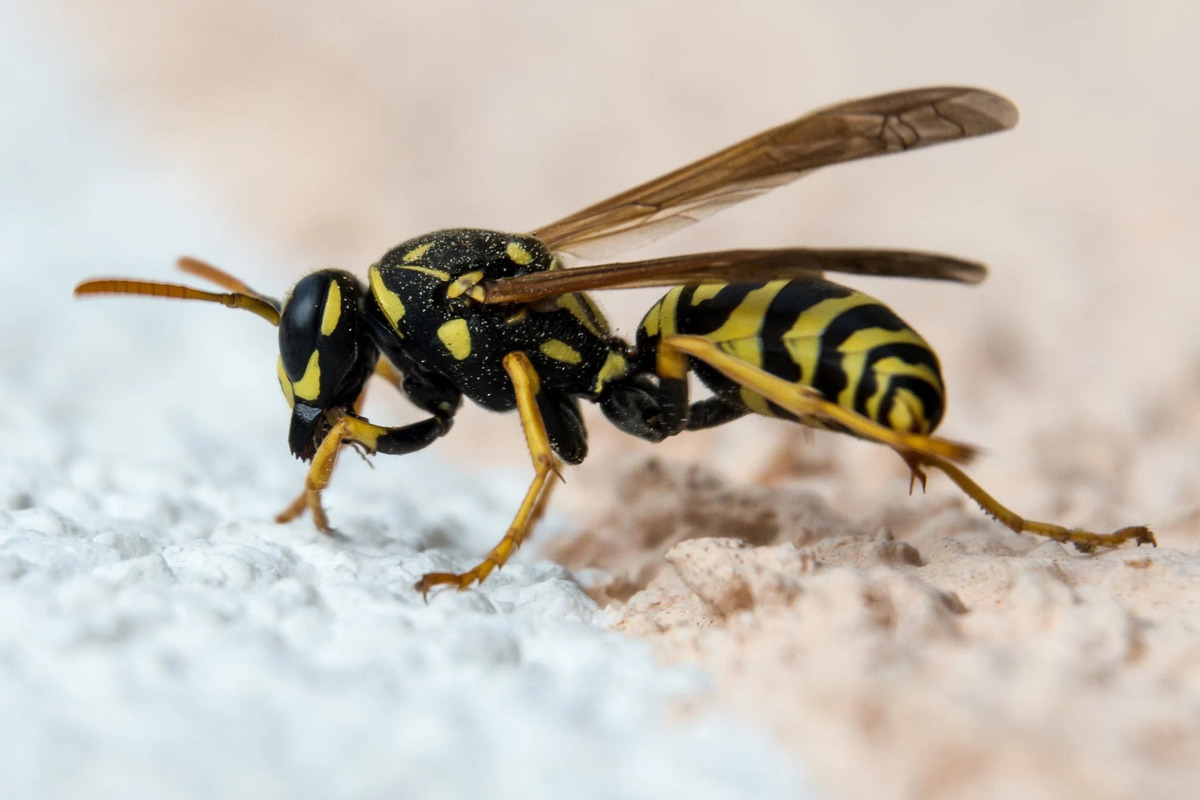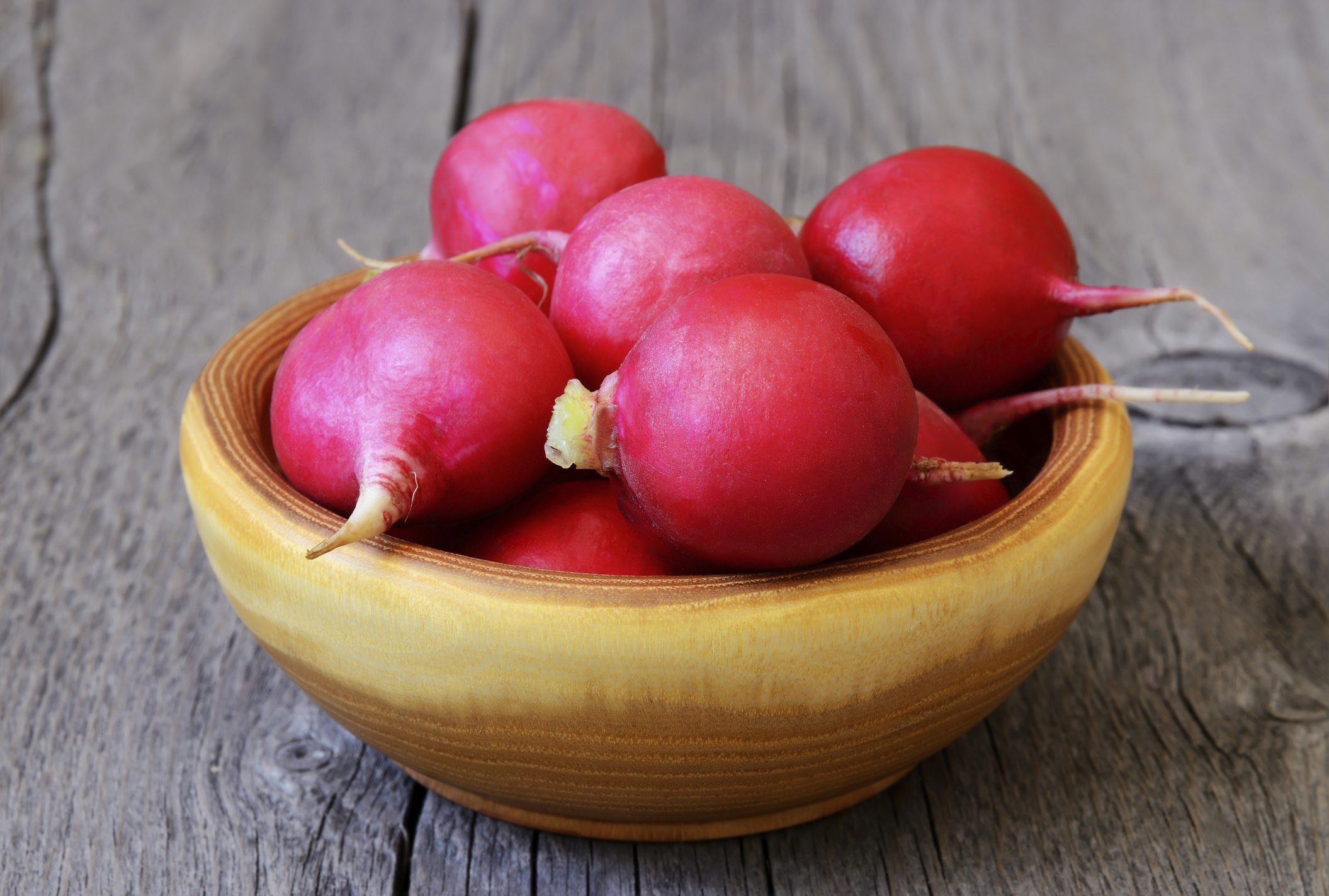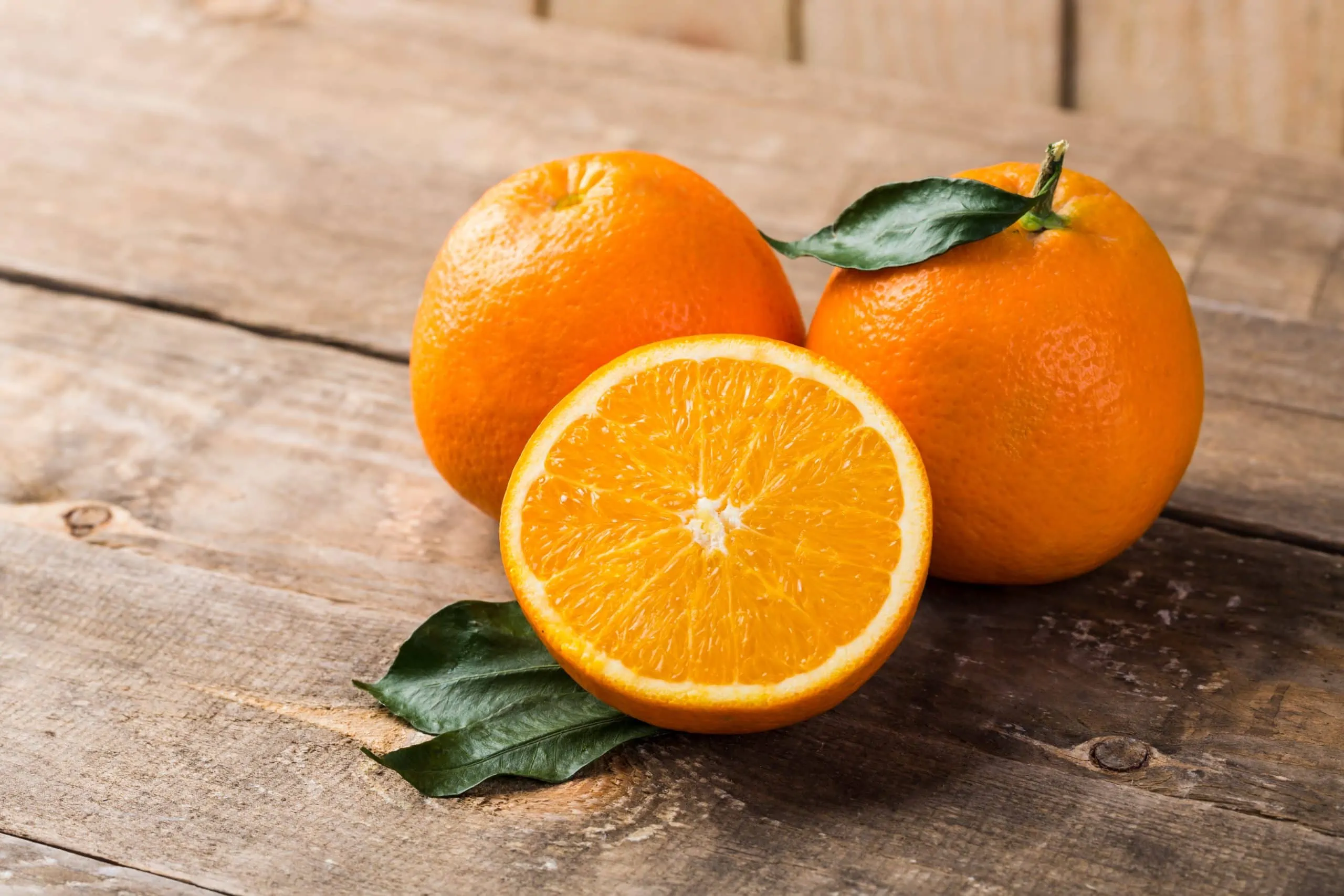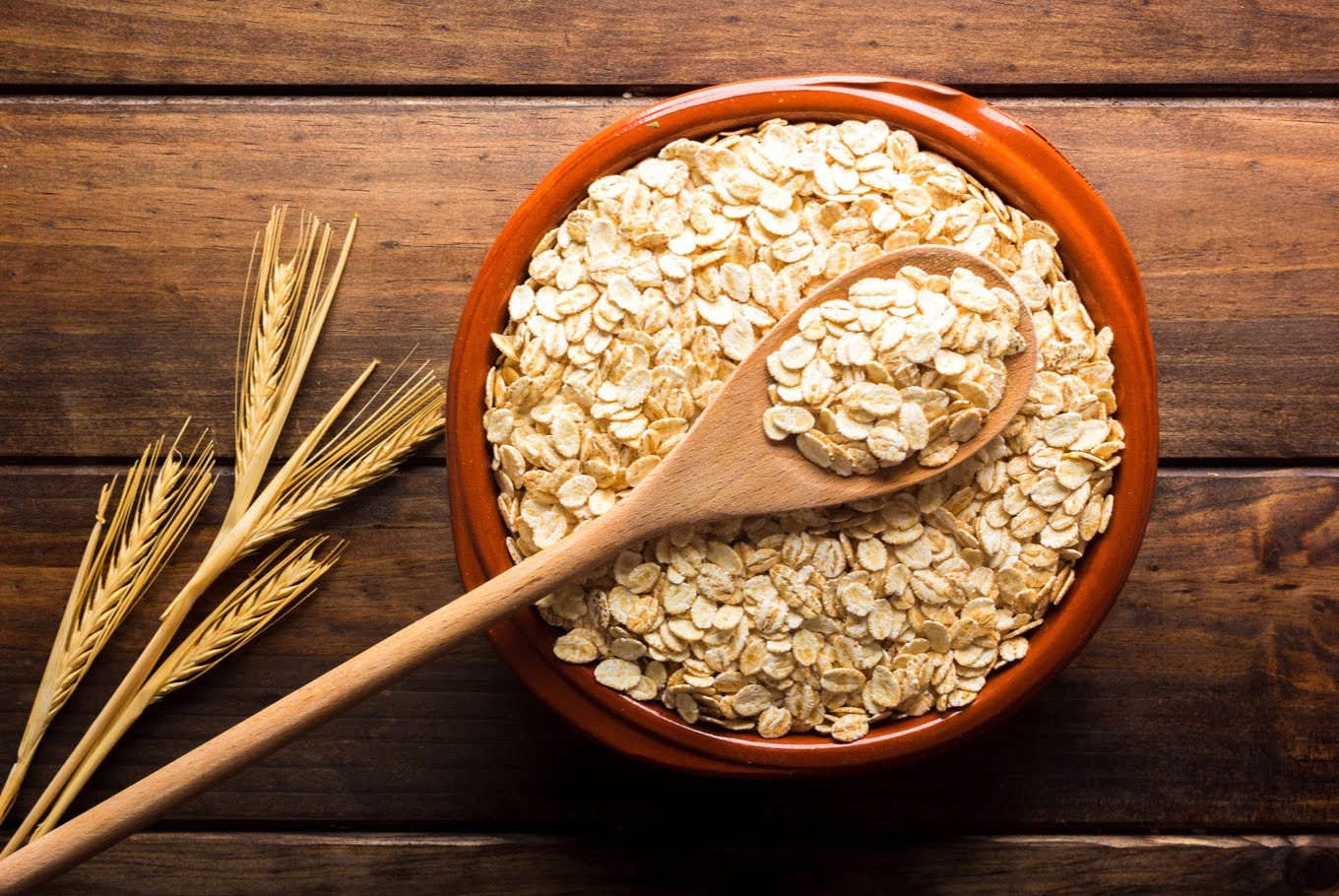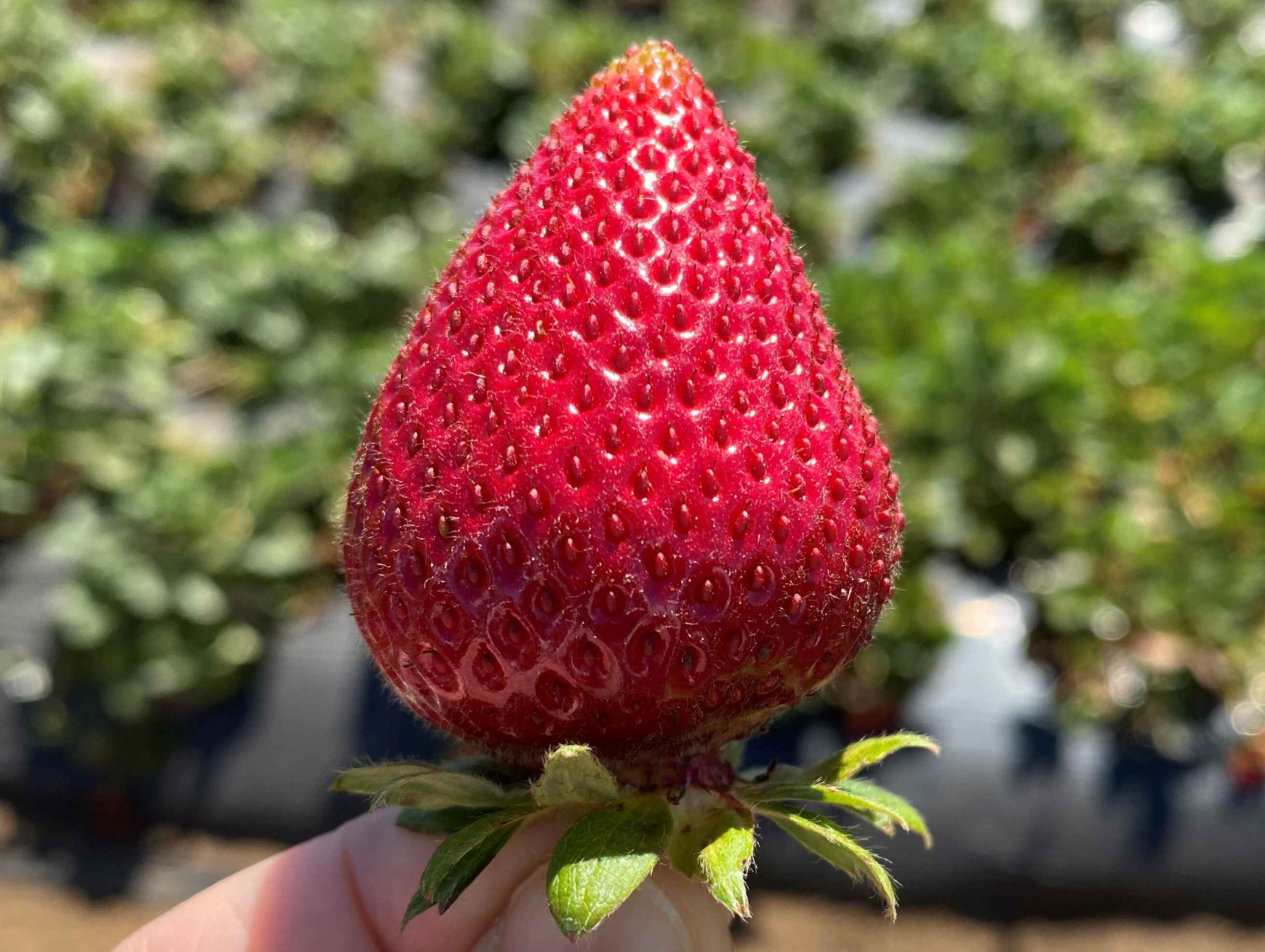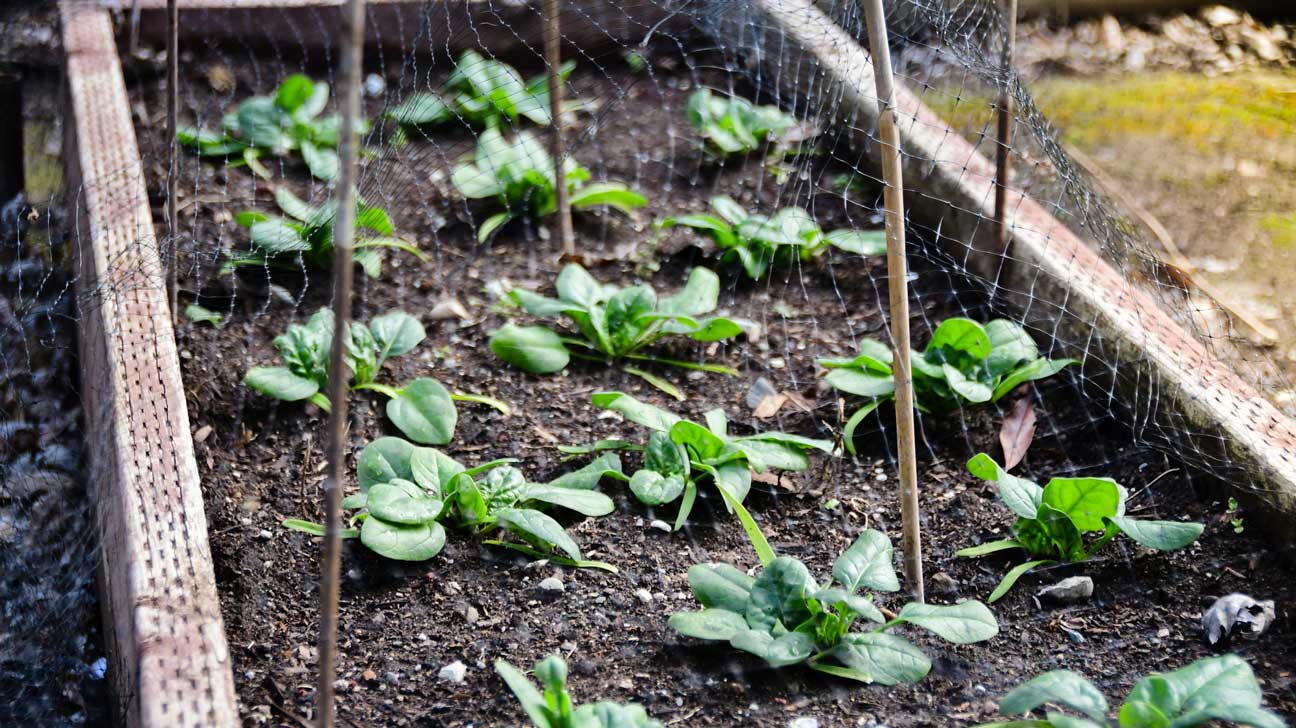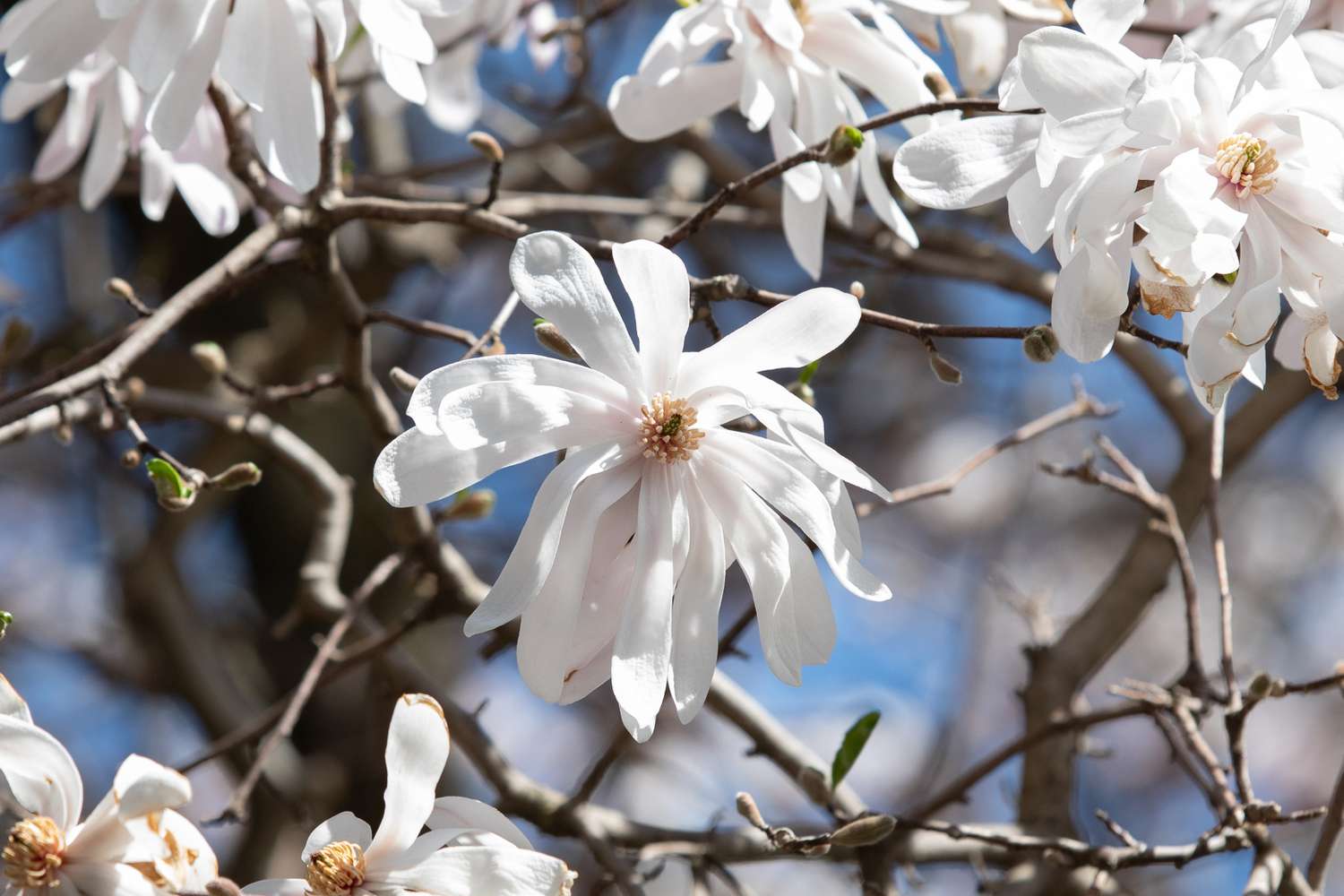Home>Types of Gardening>Ornamental Gardening>What Shrubs Have Purple Flowers
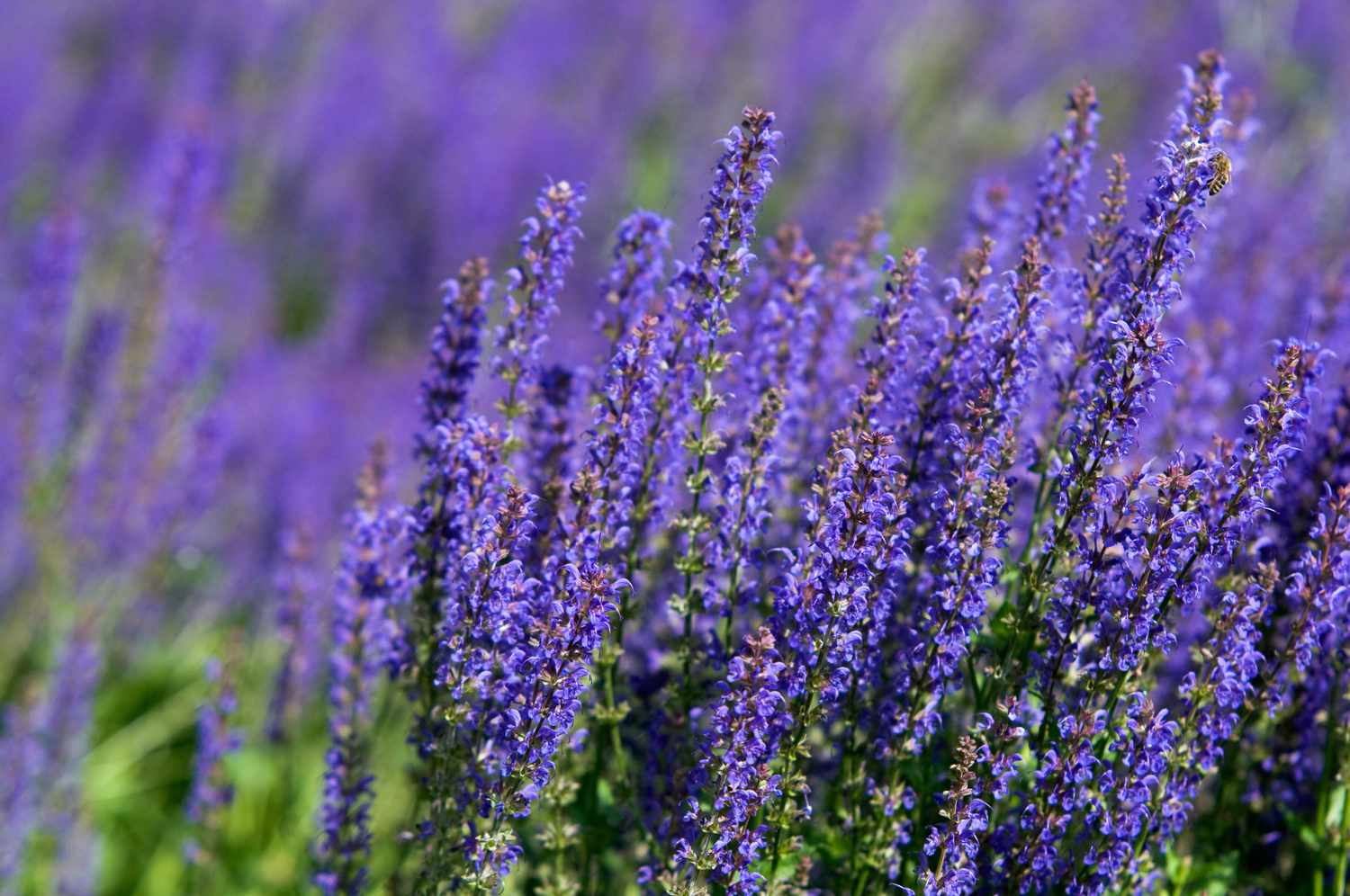

Ornamental Gardening
What Shrubs Have Purple Flowers
Modified: January 22, 2024
Discover a variety of ornamental shrubs with stunning purple flowers for your garden. Transform your landscape with these vibrant and eye-catching plants.
(Many of the links in this article redirect to a specific reviewed product. Your purchase of these products through affiliate links helps to generate commission for Chicagolandgardening.com, at no extra cost. Learn more)
Table of Contents
Introduction
Welcome to the world of ornamental gardening, where nature’s beauty is curated right in your backyard. Adding a splash of color, texture, and fragrance to your outdoor space is a delightful way to create a captivating garden oasis. One way to achieve this is by introducing shrubs with purple flowers.
Purple is a versatile and enchanting color that adds depth and vibrancy to any garden. It exudes a sense of elegance, mystery, and even spirituality. Purple flowering shrubs can serve as focal points, provide stunning backdrops, or create striking borders. Whether you’re looking to create a romantic garden, a cottage-style landscape, or a modern outdoor retreat, purple flowering shrubs are sure to add that magical touch.
There is an extensive array of shrubs with purple flowers that can thrive in various climates and soil conditions. Their unique shades of purple, ranging from soft lavender to rich plum, offer a wide spectrum of choices to suit your personal taste and garden design. From delicate blooms to bold and showy flowers, these shrubs will not only attract bees and butterflies but also bring joy and visual interest to your garden.
In this article, we will explore some of the most popular shrubs that boast beautiful purple flowers. Whether you are a seasoned gardener or just starting out, this guide will provide you with valuable insights and inspire you to create a stunning purple paradise in your own backyard. So let’s dive in and discover the wonders of these enchanting shrubs.
Lilac
Lilac (Syringa vulgaris) is a classic and beloved shrub known for its breathtakingly beautiful clusters of fragrant purple flowers. These shrubs are not only aesthetically pleasing but also fill the air with their sweet, intoxicating scent. Lilacs are hardy plants that can tolerate a wide range of soil conditions and are best suited for temperate regions.
With their graceful arching branches and dense foliage, lilacs make a perfect addition to any garden or landscape. The flowers, which bloom in late spring, can vary in shades of purple, from pale lavender to deep violet. They attract bees, butterflies, and even hummingbirds, making them not just a visual delight but also beneficial for pollinators.
Lilacs are relatively low-maintenance shrubs, requiring full sun exposure and well-draining soil. Regular pruning helps promote healthy growth and abundant flowering. By removing old wood and shaping the shrub after blooming, you can maintain its size and shape.
In addition to their aesthetic and aromatic attributes, lilacs hold cultural significance as well. They symbolize love, friendship, and the promise of rebirth. In many cultures, lilacs are associated with spring and are often used in various ceremonies and celebrations.
Whether planted as a standalone specimen or used as a hedge or border, lilacs add a touch of elegance and a burst of purple to any garden. From their stunning flowers to their delightful fragrance, lilacs are sure to be a showstopper and a source of joy for any gardener or admirer of nature’s beauty.
Lavender
Lavender (Lavandula) is a versatile and popular shrub that not only beautifies the garden with its purple flowers but also fills the air with its captivating fragrance. With its soft, soothing hues of purple, lavender adds a touch of tranquility and elegance to any ornamental garden.
There are several varieties of lavender, including English lavender (Lavandula angustifolia), French lavender (Lavandula dentata), and Spanish lavender (Lavandula stoechas). Each variety has its unique characteristics and growth habits, but they all share the signature purple flowers that make them instantly recognizable.
In addition to its visual appeal, lavender is known for its therapeutic properties. The scent of lavender has been found to have a calming effect, making it a popular choice for aromatherapy and relaxation purposes. The flowers can also be harvested and used in potpourri, sachets, or homemade beauty products.
Lavender is a hardy shrub that prefers well-draining soil and thrives in sunny locations. It is tolerant of drought conditions, making it an excellent choice for gardens with less water availability. Pruning lavender after flowering helps maintain its shape and promotes better growth.
One of the best things about lavender is its versatility in the garden. It can be planted as a border, in rock gardens, or even in containers. Its graceful and compact growth habit makes it suitable for gardens of any size. Lavender also attracts beneficial insects such as bees and butterflies, making it an excellent choice for pollinator-friendly gardens.
With its beauty, fragrance, and versatility, lavender is a must-have shrub for any ornamental garden. Whether you’re looking to create a serene and aromatic space or simply want to add a dash of purple to your landscape, lavender is sure to make a stunning and captivating addition.
Rhododendron
Rhododendron is a stunning flowering shrub that boasts a variety of colors, including shades of purple. With its vibrant and showy blooms, the rhododendron adds a touch of elegance and grandeur to any garden or landscape.
There are numerous species and hybrids of rhododendron, each with its own unique characteristics and growth requirements. From the large, bold flowers of the hybrid varieties to the delicate, bell-shaped blooms of the species varieties, there is a rhododendron to suit every gardener’s taste.
When it comes to purple-flowering rhododendrons, you have a range of options. Some varieties produce deep, rich purple flowers, while others showcase lighter shades of lavender or violet. The blooming season varies depending on the variety, but most rhododendrons flower in the spring, creating a riot of color to herald the arrival of the new season.
Rhododendrons prefer acidic soil and partial shade, making them an excellent choice for woodland gardens or areas with dappled sunlight. They require consistent moisture and benefit from regular mulching to retain soil moisture and prevent weed growth. Pruning is generally not necessary for rhododendrons, except for the removal of dead or damaged branches.
One of the standout features of rhododendrons is their ability to attract a variety of pollinators, including bees and butterflies. These shrubs are not only visually stunning but also contribute to the overall health and biodiversity of the garden.
With their bold and beautiful purple flowers, rhododendrons make a dramatic statement in any garden. Whether used as a focal point or as part of a mixed border, these majestic shrubs are sure to captivate both the eyes and the hearts of garden enthusiasts.
Butterfly Bush
The butterfly bush, also known as Buddleja, is a marvelous shrub that not only captures attention with its stunning purple flowers but also attracts a myriad of butterflies and other pollinators. Its ability to create a haven for these beautiful creatures has earned it the nickname “butterfly bush.”
Butterfly bushes come in various shades of purple, from deep lavender to vibrant violet. Their cone-shaped clusters of flowers create a visual spectacle in the garden, especially when they are in full bloom during the summer months.
This shrub is renowned for its ability to attract butterflies, bees, and hummingbirds. The nectar-rich flowers act as a magnet for these pollinators, making the butterfly bush a fascinating addition to any garden dedicated to supporting local wildlife.
Butterfly bushes are relatively low-maintenance and adaptable to different soil types. Full sun exposure is essential for optimal growth and flowering. Regular pruning in late winter or early spring helps maintain a compact shape and promotes vigorous flowering.
Another notable attribute of the butterfly bush is its delightful fragrance. The sweet scent of the flowers adds an extra level of enjoyment to your garden, enticing both sight and smell.
Butterfly bushes serve not only as beautiful ornamental plants but also as essential components of butterfly and pollinator gardens. By planting these shrubs, you can create a haven where these fascinating creatures can thrive and bring your garden to life with their vibrant presence.
So, if you’re looking to attract butterflies and other pollinators while adding a touch of purple beauty to your garden, the butterfly bush is an excellent choice.
Roses
Roses are undoubtedly one of the most iconic and beloved flowers, known for their beauty, fragrance, and timeless charm. While roses are available in a wide range of colors, they also offer stunning varieties with enchanting shades of purple.
Purple roses symbolize enchantment, elegance, and love at first sight. These captivating blooms add a touch of romance and sophistication to any garden or landscape. From deep and velvety shades to lighter hues with hints of lavender, there is a purple rose to suit every style and preference.
When it comes to growing roses, it is essential to choose varieties that are well-suited to your climate and soil conditions. Roses prefer well-draining soil and thrive in sunny locations. Regular watering, mulching, and proper pruning are necessary for healthy growth and abundant flowering.
One of the outstanding features of roses is their captivating fragrance. The scent of a purple rose can range from delicate and floral to rich and intoxicating. The fragrance of roses adds an extra layer of sensory pleasure to your garden, making it a truly delightful experience.
Roses are versatile, and they can be utilized in various ways within your garden. They make excellent focal points in flower beds, stunning additions to borders, or even elegant climbers on trellises or walls. With their timeless beauty, purple roses create a sense of grace and elegance wherever they are planted.
It is worth mentioning that different cultures and traditions associate specific meanings and symbols with roses. Purple roses can represent enchantment, royalty, and deep admiration. This symbolism adds a deeper layer of significance and meaning to the presence of these beautiful flowers in your garden or floral arrangements.
So if you’re dreaming of a garden adorned with the splendor of purple, consider adding roses to your landscape. These majestic flowers will not only fill your garden with beauty but will also leave an everlasting impression in the hearts of all who see them.
